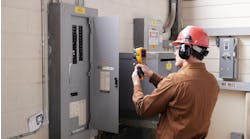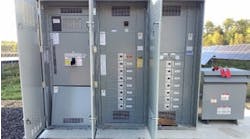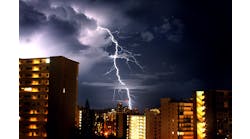Electrical equipment can misoperate or react to many power quality (PQ) events. These events can vary between a brief voltage sag to a sustained undervoltage. Facility personnel tend to identify these events as power interruptions, voltage surges, or even dirty power without clearly evaluating how the voltage characteristics are deviating from nominal. These descriptions make it difficult to troubleshoot PQ events, as they don’t clearly describe the problem. PQ events need to be clearly identified so that the correct mitigation strategy can be formulated and applied.
Per IEEE 1250, “Guide for Identifying and Improving Voltage Quality in Power Systems,” PQ events can be broken into two categories. The first category covers voltages that are steady-state events, which are continuous and deviate from the nominal voltage by a predefined threshold. For example, voltages that continuously operate at 94% of nominal voltage would be considered an undervoltage, if the predefined threshold limit is 5%. Other events in this category are overvoltages, 3-phase voltage imbalances, and voltage or current distortion levels. The second category of events is identified as disturbances, which cover events that are not steady state. These events are transient voltages, voltage sags, voltage swells, interruptions, and so on. Both categories can be broken down into subcategories: momentary, temporary, and sustained. Exact definitions and additional details are in the IEEE document and are recommended for review.
Identifying PQ events helps determine a cost-effective solution. These solutions can range from something as simple as adjusting equipment threshold settings to withstand PQ events, which would be the most cost-effective solution as there is no hardware to purchase and install. More expensive solutions involve reconfiguring a circuit to accommodate additional hardware such as a ferro resonant transformer or an automatic transfer switch (ATS) to facilitate a back-up generator.



